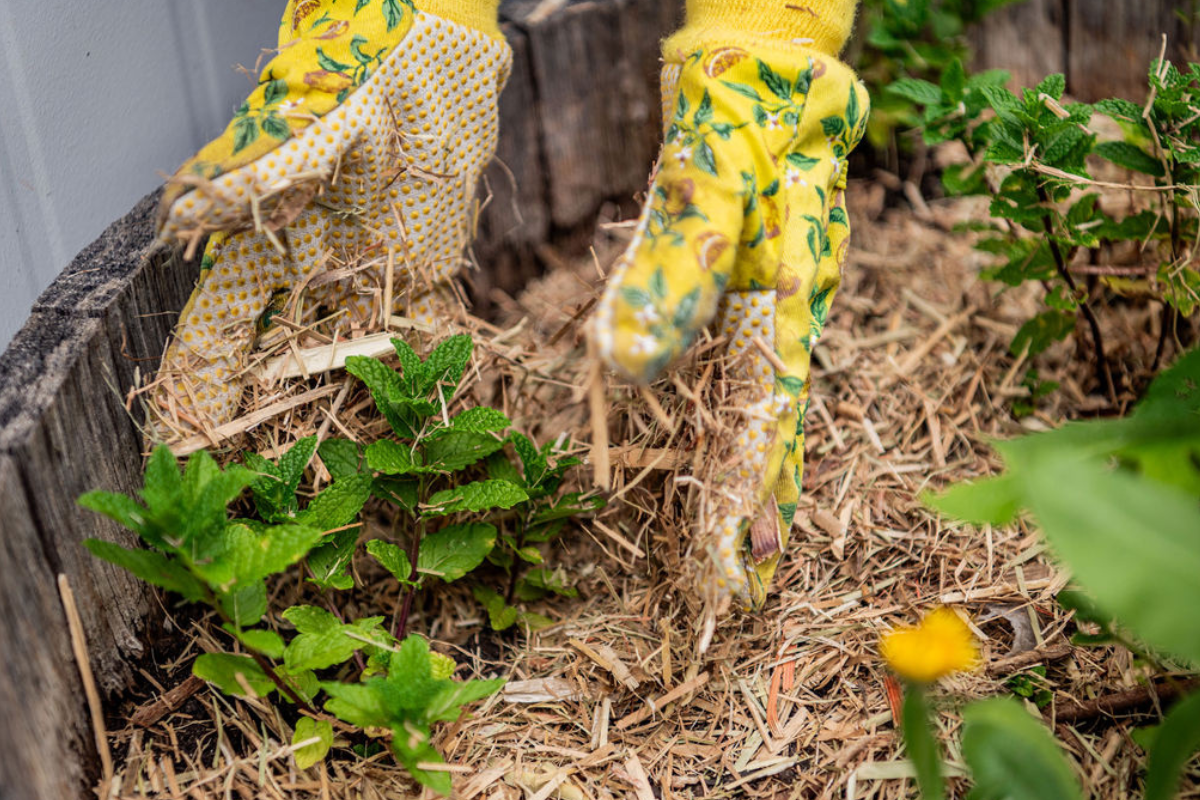Staying grounded through autumn

While harvests naturally dwindle in early autumn and produce levels drop, take this opportunity to hone in on specific practices to help newer students master the basics of the Kitchen Garden Program. We’ve got a bunch of ideas to help you get started, plus advice directly from an experienced kitchen garden member.
Stretch out what you have on hand
We chatted with Kitchen Garden Educator, Natalie Vercoe, from Wendouree Primary School about her top tips for running kitchen classes when produce is starting to run a bit low. Natalie has worked and volunteered at Wendouree’s Kitchen Garden Program for the past 17 years and is a passionate advocate for pleasurable food education.

Natalie often focuses on the endless inspiration of soups, which make use of staple ingredients in the pantry and helps clear out goodies in the freezer. She says, “Soup and focaccia are always a big hit in our classes and give our tummies a big warm hug on a cold day.”
She also recommends using up whatever root vegetables and leafy greens you still have persevering in the garden as the weeks grow colder: “Think coleslaws, Thai-style slaws and soba noodles salads.”
Pick a theme
Natalie’s other go-to solution for low-produce months is running a themed term, such as “How to Make Terrific Toasties”. Students get to design their own toasties by experimenting with different fillings and writing their own recipes. “We were able to ask our local artisan baker for donations of beautiful bread,” says Natalie. “In turn, we were able to save day-old bread from going into landfill.”
There are a couple of other ways you could prepare a themed term. For example, you could focus on perfecting variations of the same food item, such as making a new kind of bread, pasta or basic sauce every week. Not only does this help consolidate essential kitchen skills for students, but it can also inspire their curiosity about how different cultures and cuisines all around the world make the same kind of food in a myriad of different ways.
Alternatively, explore the many variations of a single dish, such as curry. Together with your students, uncover the different methods, ingredients, flavours and origins of a new version each week.
Upskill your students
We have an abundance of licenses on the Shared Table to encourage confident, capable young cooks in the kitchen and garden. Run specific classes to mark student progress with a licence or certificate. You can download and print licences for knife skills, wheelbarrow use and even essential gardening tools.
Like Wendouree Primary School, you may like to dedicate time to focus on children feeling happy and confident in their kitchen space, by learning essential safety rules. “These rules include hand washing, safe food handling, fire safety, how we move safely in the kitchen, and the importance of communication and knife safety,” says Natalie.

“We use the resources on the Shared Table in the form of posters and videos. They’re a great refresher for students who have been in the program for years or for newer students who have never been in kitchen classes.” She uses these safety rules to tie back into the school's values of Attentive Listening, Appreciation, Participation, Mutual Respect and Personal Best.
Thank you to Natalie for sharing her insights, and remember, you can always contact our Support Team for advice and technical assistance when it comes to running the Kitchen Garden Program in your school or service.
< Back to Latest News
